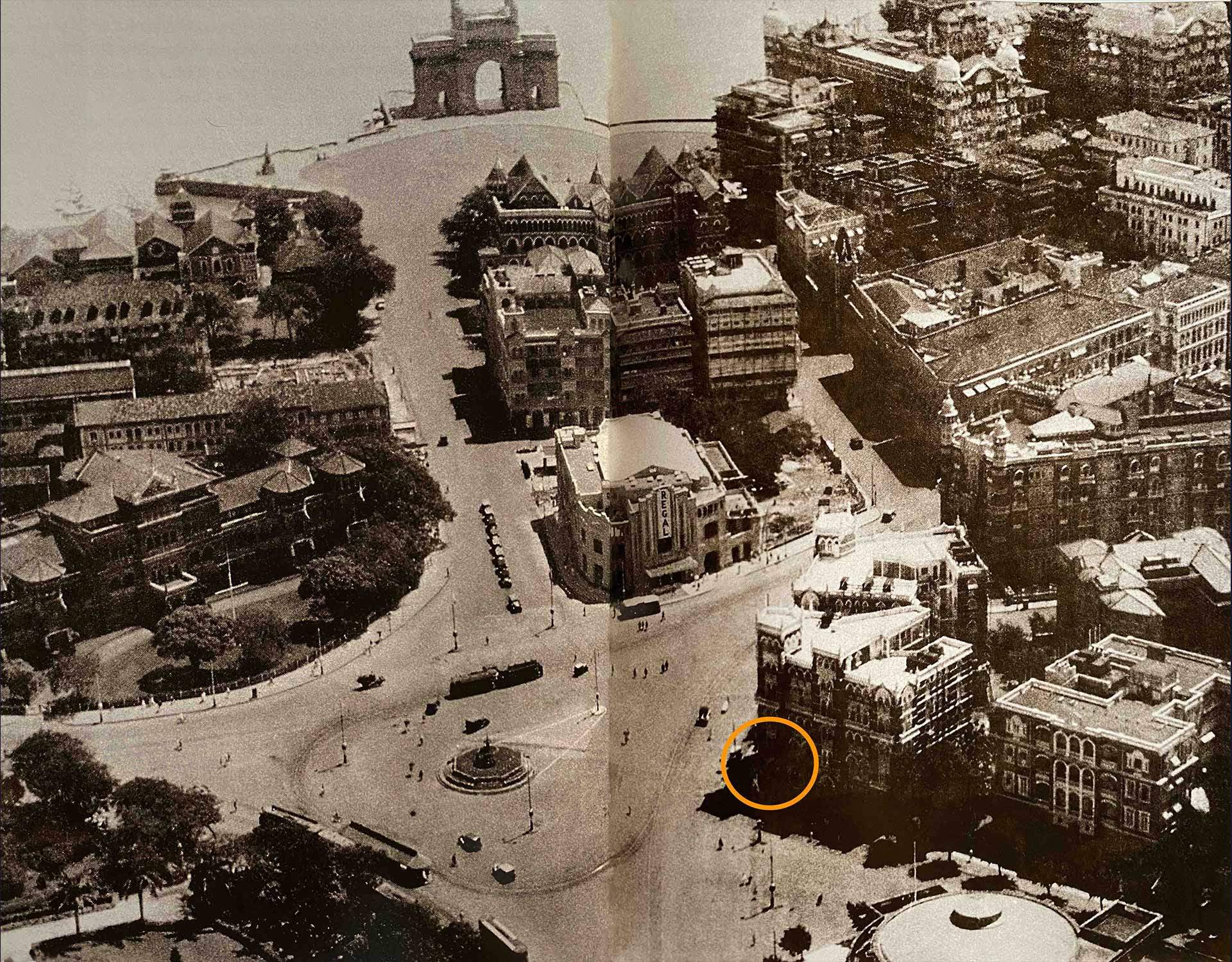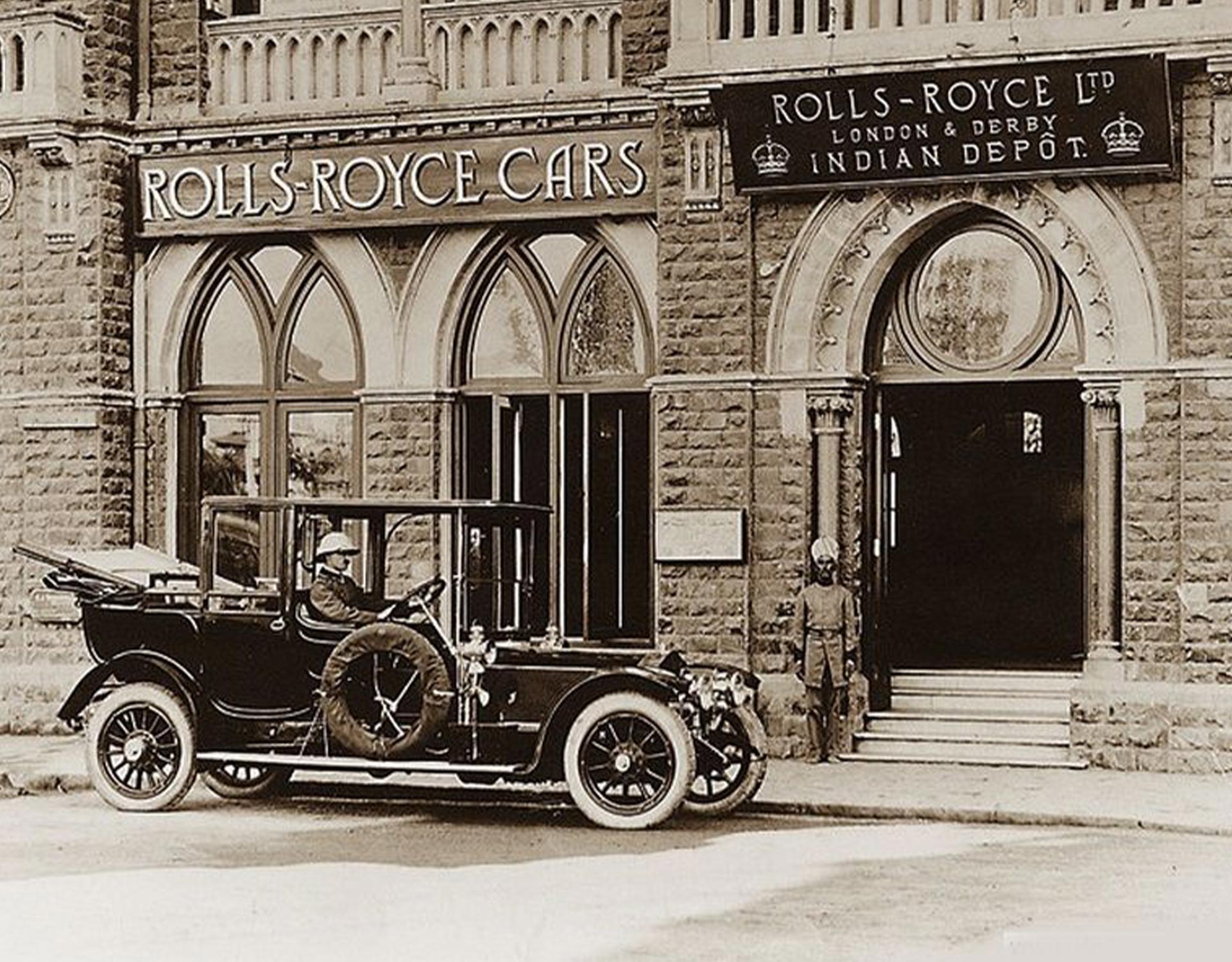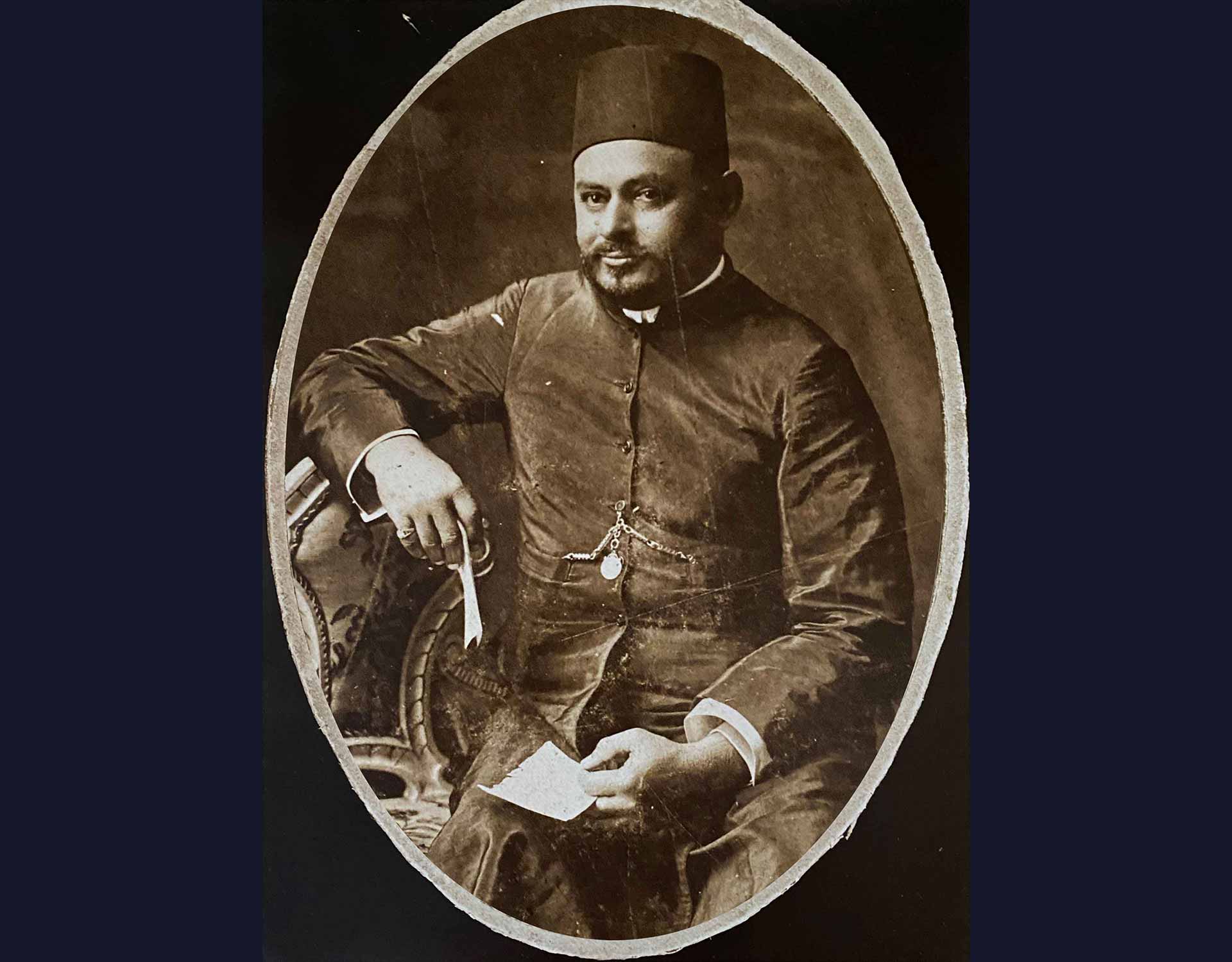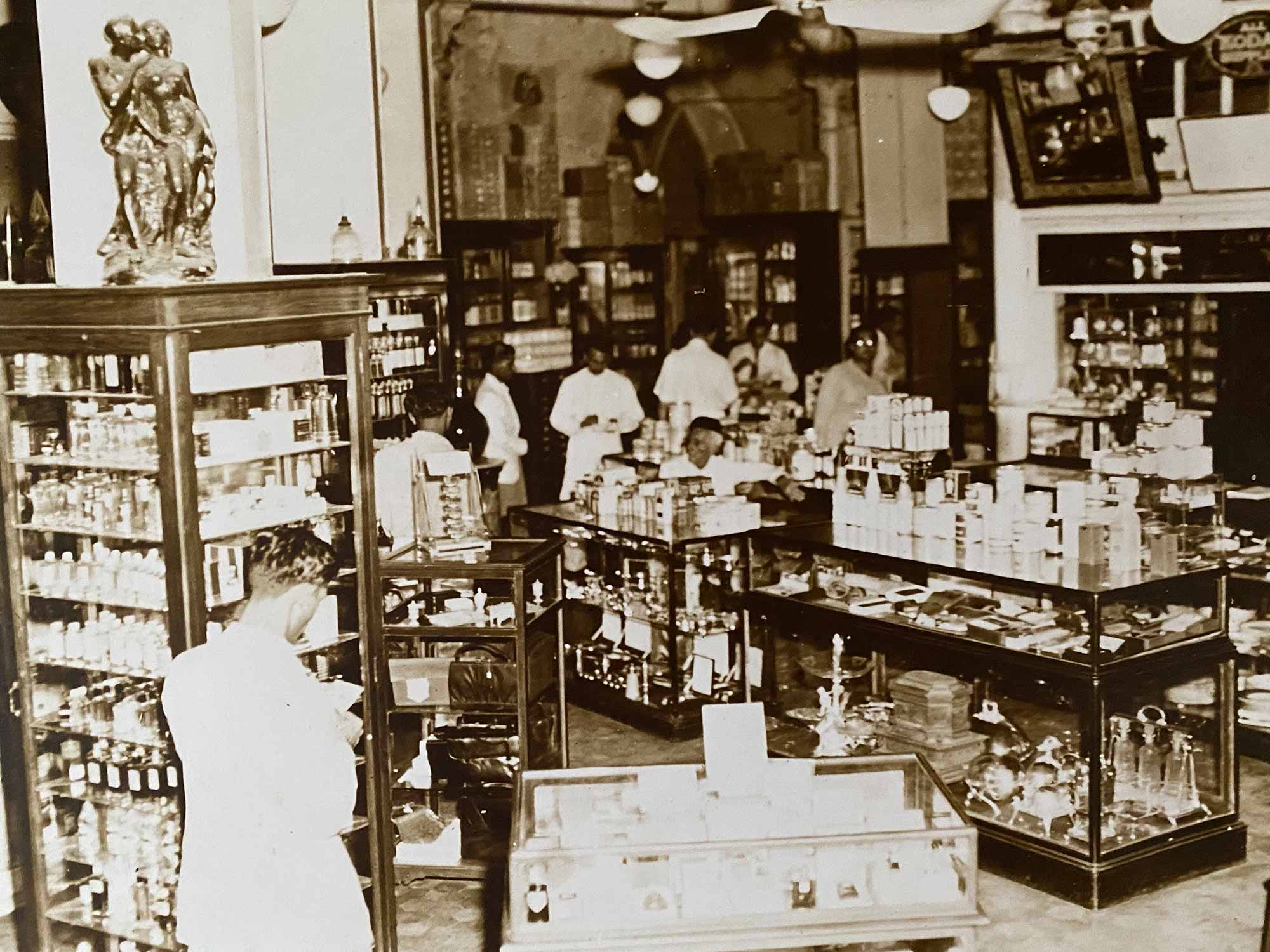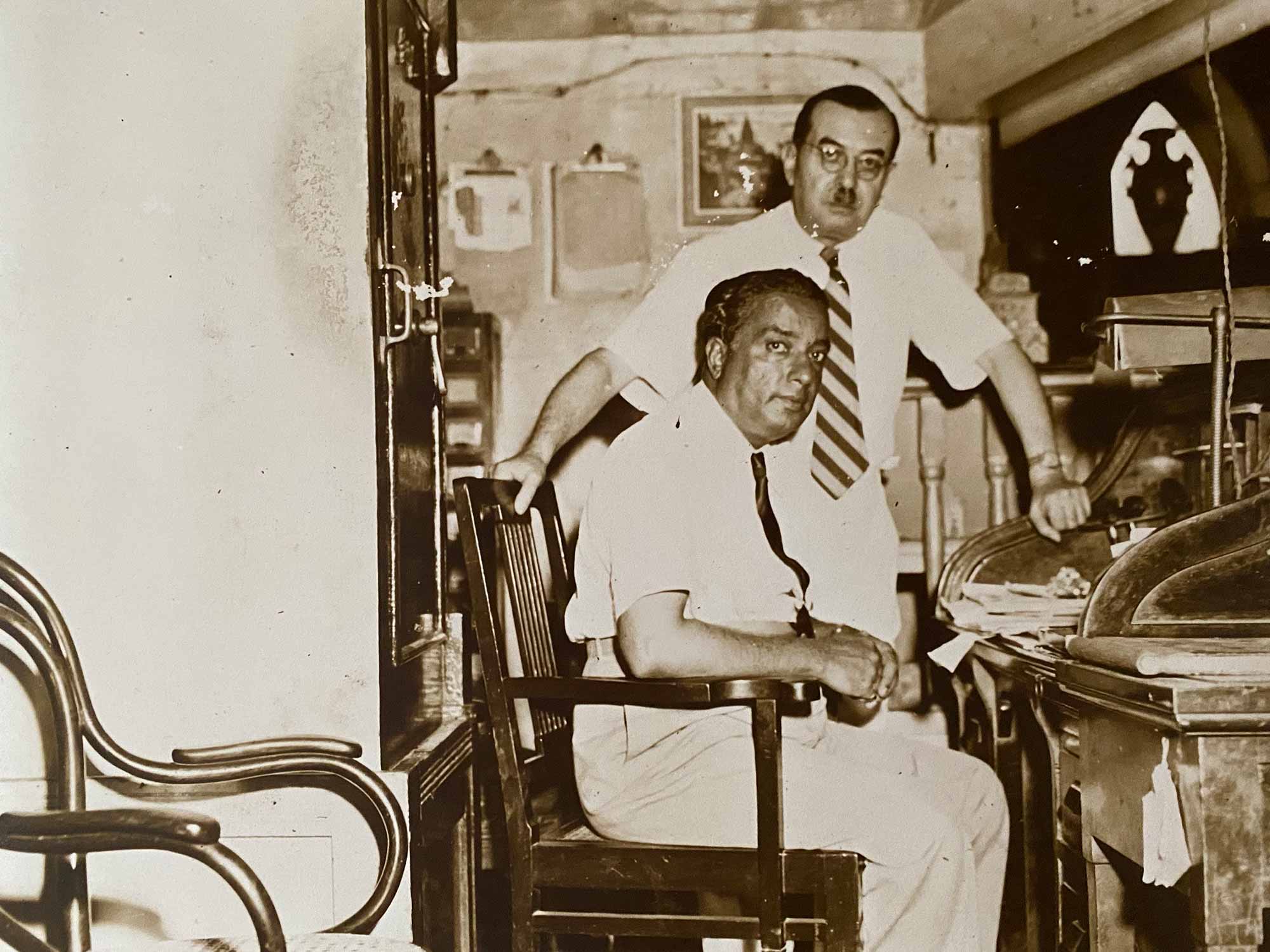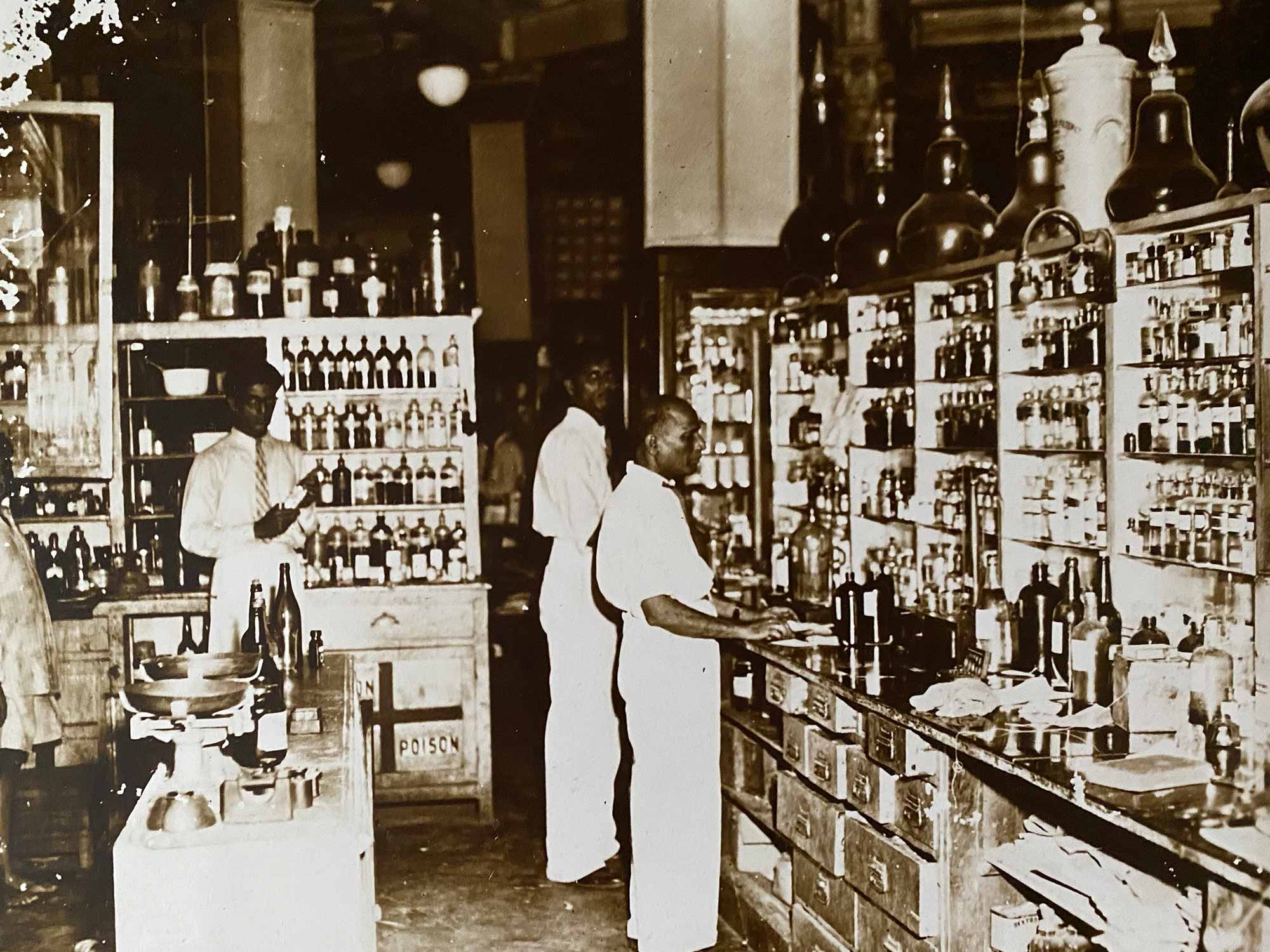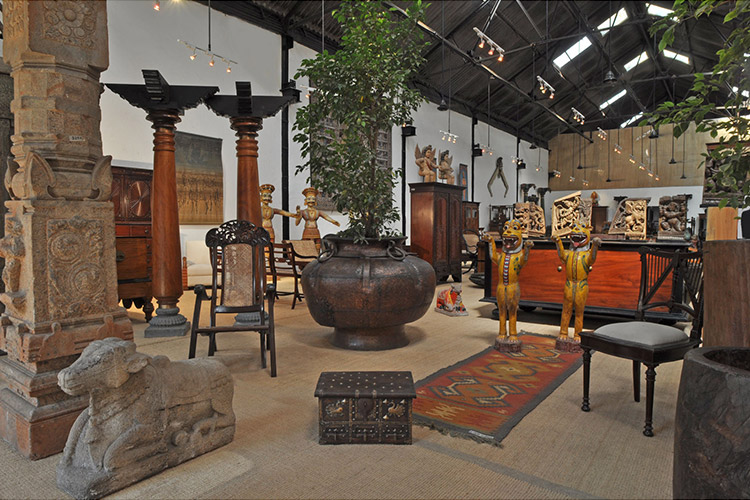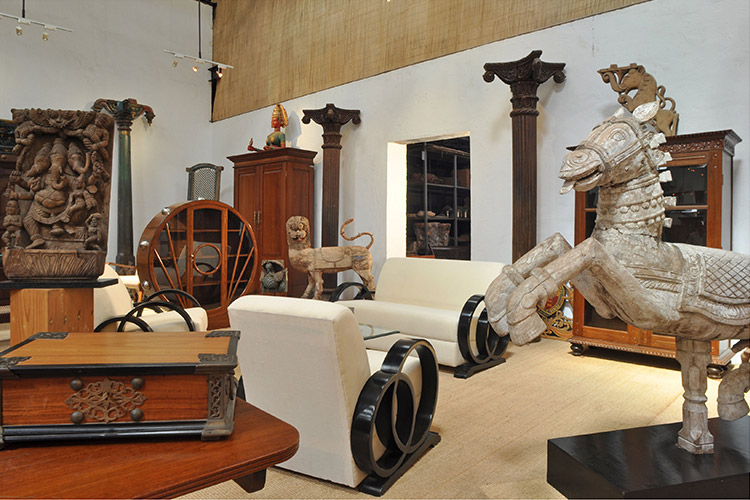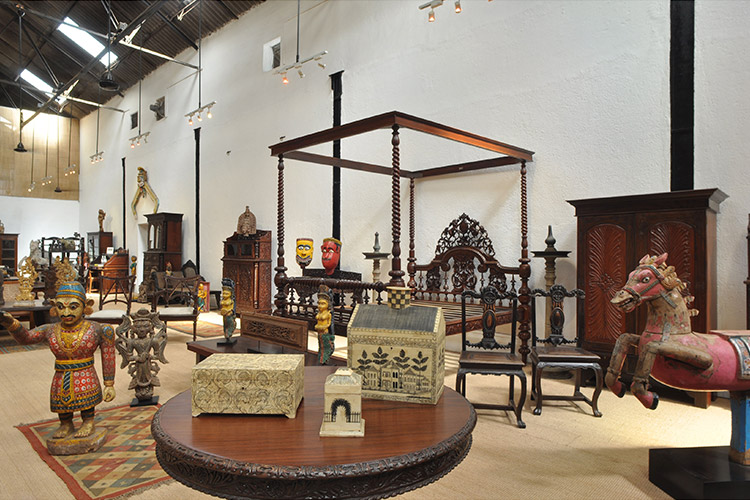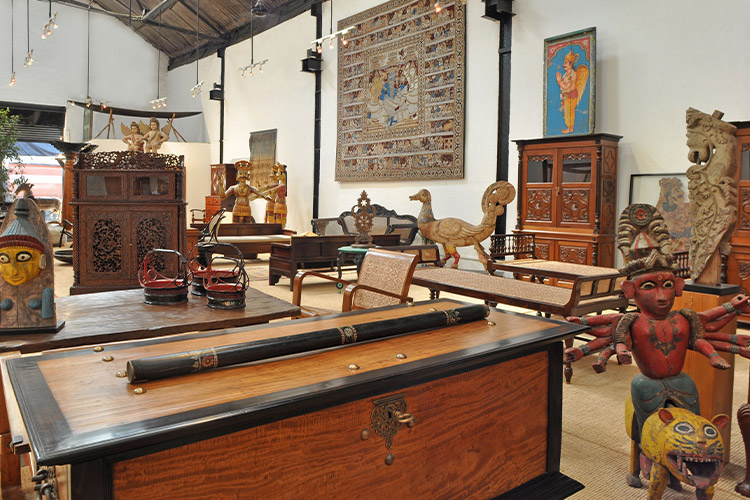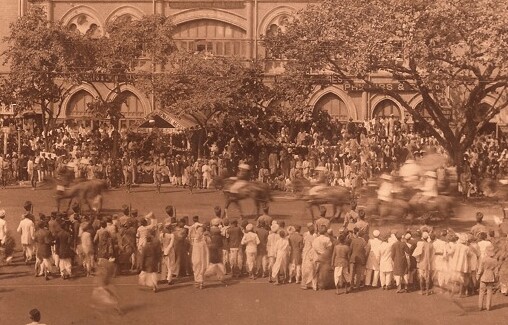
1860
Hallowed Beginnings
Phillips & Co. was established in 1860 and had branches in both Bombay and Poona. Started by Mr. Phillips, the store was a pharmacy and a purveyor of luxury goods. The main branch was situated on the famous Esplanade near the Flora Fountain and the clientele was mainly European residents and Indian gentry. Other similar prominent establishments of the time were The Army & Navy Stores, Whiteaway Laidlaw, Treacher& Co and Kemp & Co.
1920s
A Time of Change
In the early 20s the store moved to its present location at the Waterloo Mansions replacing previous occupants, The Rolls Royce Motor Company. Located opposite the Prince of Wales Museum, Waterloo Mansions was an impressive gothic style building with turrets, pointed arches and a black stone façade. Directly in front was the Wellington Fountain and adjacent was Hotel Majestic. It was one of the most photographed areas in the city during the early 20th century. Recently the precinct has been designated a UNESCO World Heritage Site.
In 1920 Phillips was acquired by Issa Haji Soomar, a successful merchant from Porbander in Gujarat, also the birthplace of Mahatma Gandhi. He made his fortune in Standerton, South Africa where he met with Gandhi and merited a mention in Gandhi’s autobiography. In the early years Phillips was a pharmacy, dispensing chemist and purveyor of luxury leather goods, perfumes, photographic supplies etc.
1950s
By the 1950’s the shop had transformed into a lavish emporium filled with European and Oriental antiques including crystal chandeliers, gilded clocks, German and French porcelains and Chinese ceramics. D.H Issa, Soomar’s son, was an inveterate collector and was able to source these treasures from the Indian Maharajas and nobility many of whom were his friends and customers.
1960s-1970s
The 1960’s and 70’s were exciting years for the firm. The Royal privy purses began to gradually erode leading to their eventual abolition by the Indian Government in 1971. The result was that vast quantities of fine art and antiques appeared on the open market. Princely states, from the most important like Kashmir and Hyderabad to the smallest like the native states of Gujarat and Rajasthan, started ‘deaccessioning’ their antiques either through private sales or public auctions. Habib Issa joined the firm in the early 60’s and continued the tradition of antique dealing. His passion was Chinese blue and white porcelain and French glass paperweights.
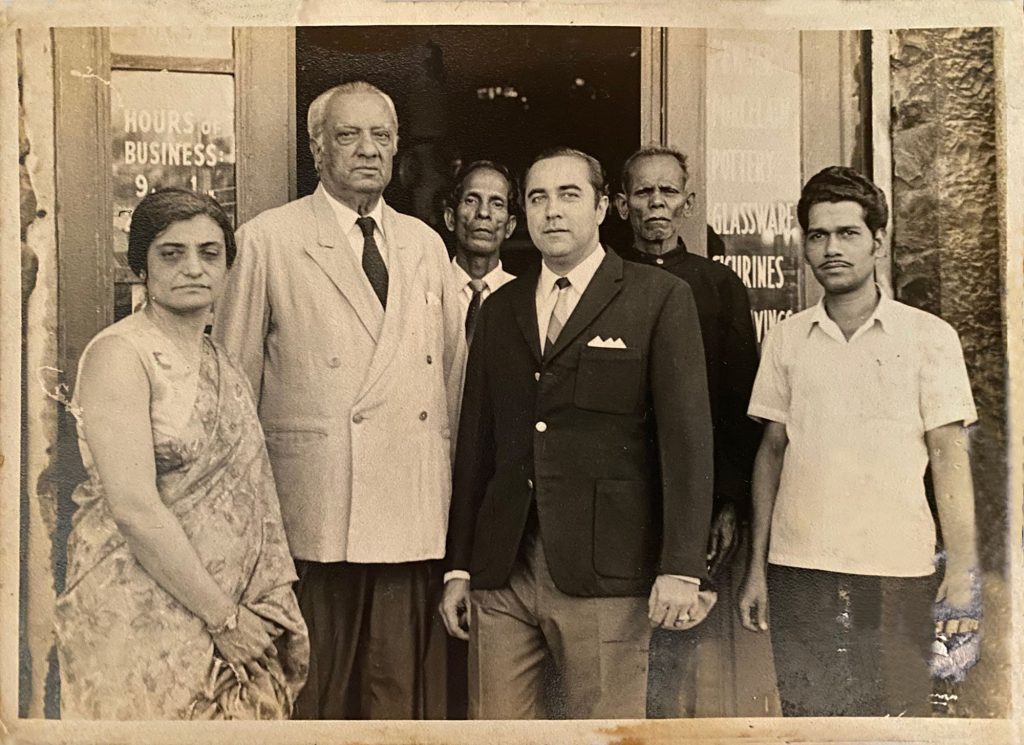
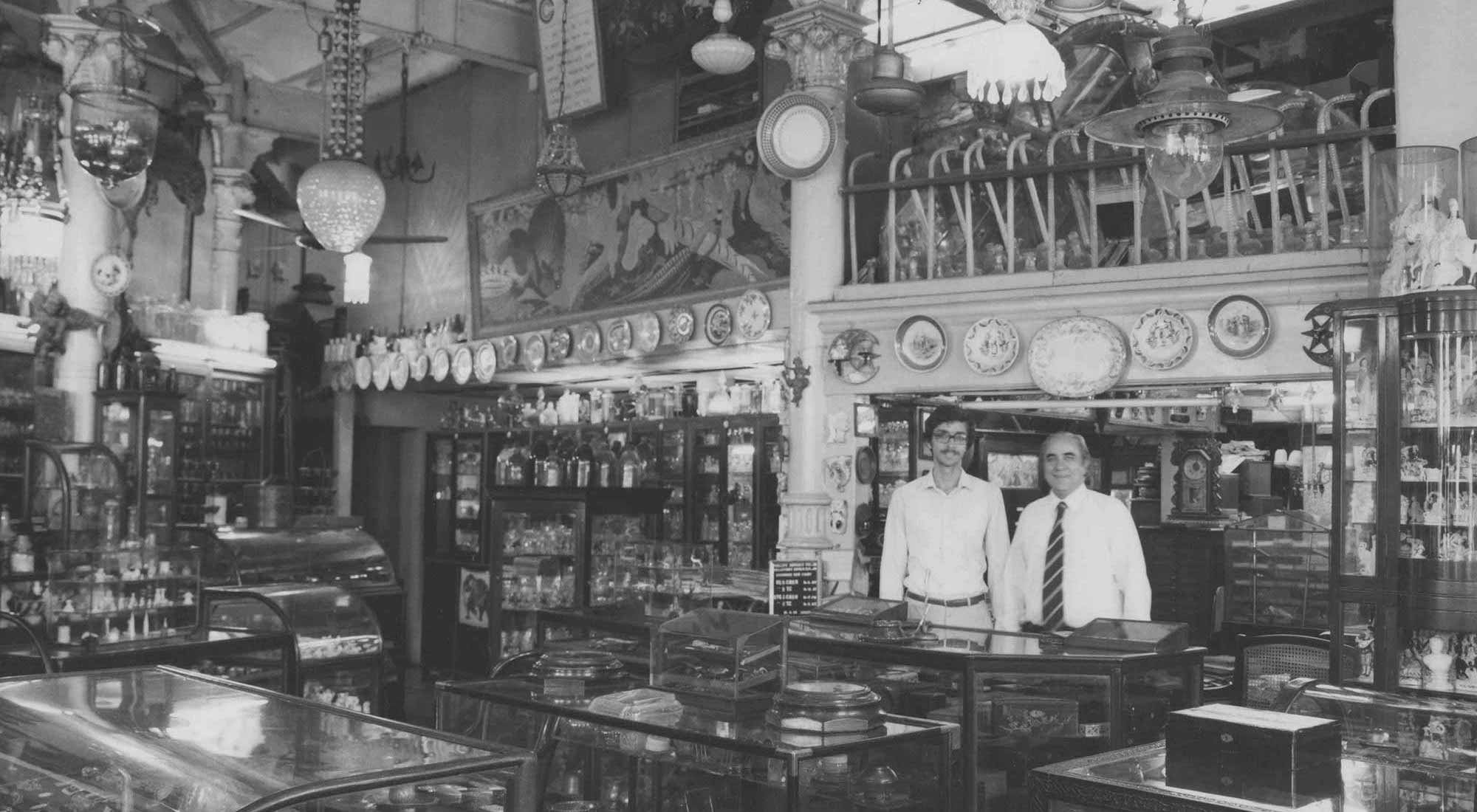
1980s
New Beginnings
Farooq Issa, the current owner and fourth generation Issa begins apprenticing at Phillips, while studying Ancient Indian History at the Elphinstone College. He was responsible for the gradual shift in the store’s focus towards Indian Art including miniature paintings, sculpture, bronzes, folk and tribal art.
1990s
Planters Chair
We expanded our business by launching ‘The Planter’s Chair’. Located in a large warehouse in the ‘docklands’ area, the focus was Indian furniture and architectural pieces specialising in mid-century, Art Deco and Colonial styles. We also make faithful replicas of Pierre Jeanneret’s Chandigarh furniture using reclaimed teak.
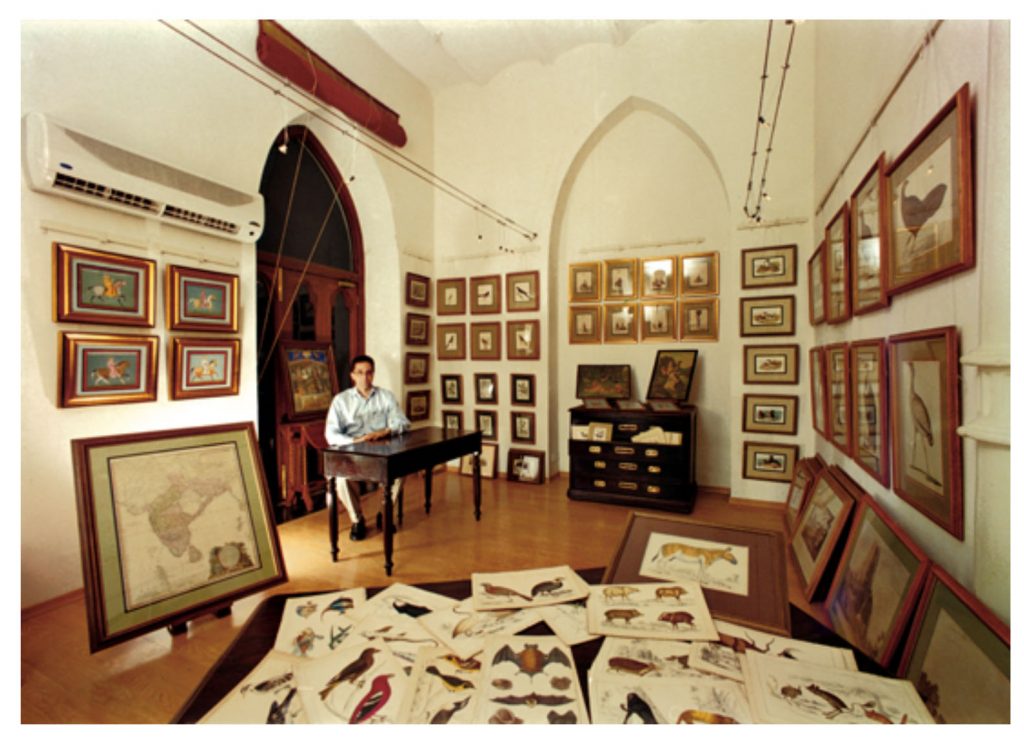
2000s
Phillips Images
Phillips Images’ our sister company was launched in the early 2000s specialising in high quality re-prints of old Indian lithographs, maps and photographs. We realised the importance of making these early visualisations of India accessible to a larger audience, many of whom are deeply interested in India’s history but are unable to source or afford the scarce originals.
2020
A Milestone
In the summer of 2018, Faisal Issa, freshly graduated from Warwick Business School, joined Phillips. While working part-time, the fifth-generation Issa earned a diploma in Indian Aesthetics from the Jnanapravaha Institute Mumbai and in 2020, a certificate in Indian Art from SOAS University of London.
2020 is also a tremendous personal milestone for us commemorating 100-years of Phillips under Issa family ownership. Over the years, we’ve had the pleasure and privilege of meeting and serving our many patrons – collectors, scholars, curators, architects and so many more. We realise that none of this would have been possible without your continuing patronage, trust and support. We would like to sincerely thank each and every one of you as we embark on the journey towards our next milestone.

